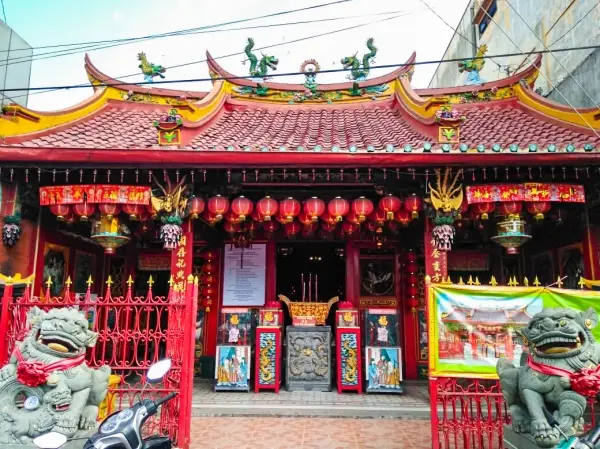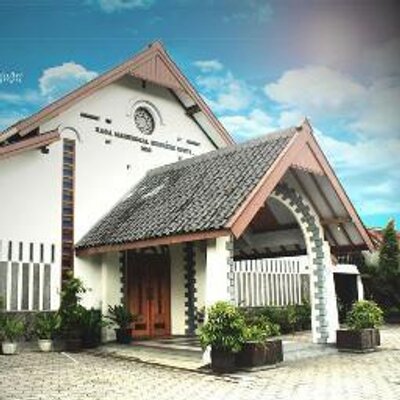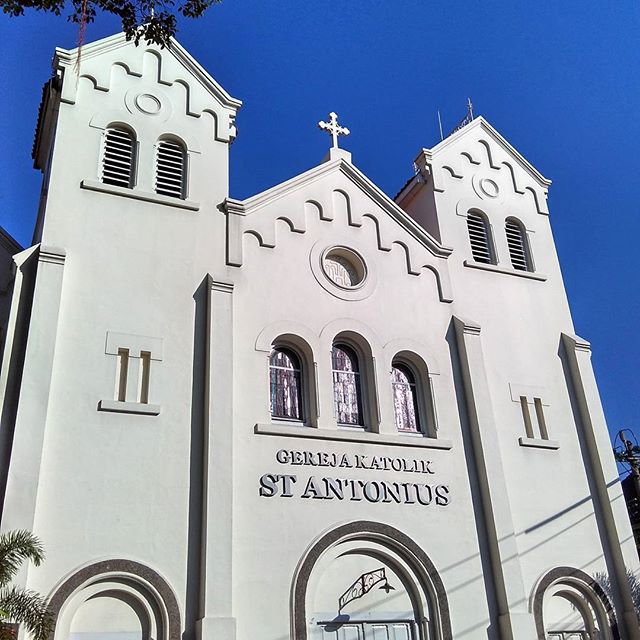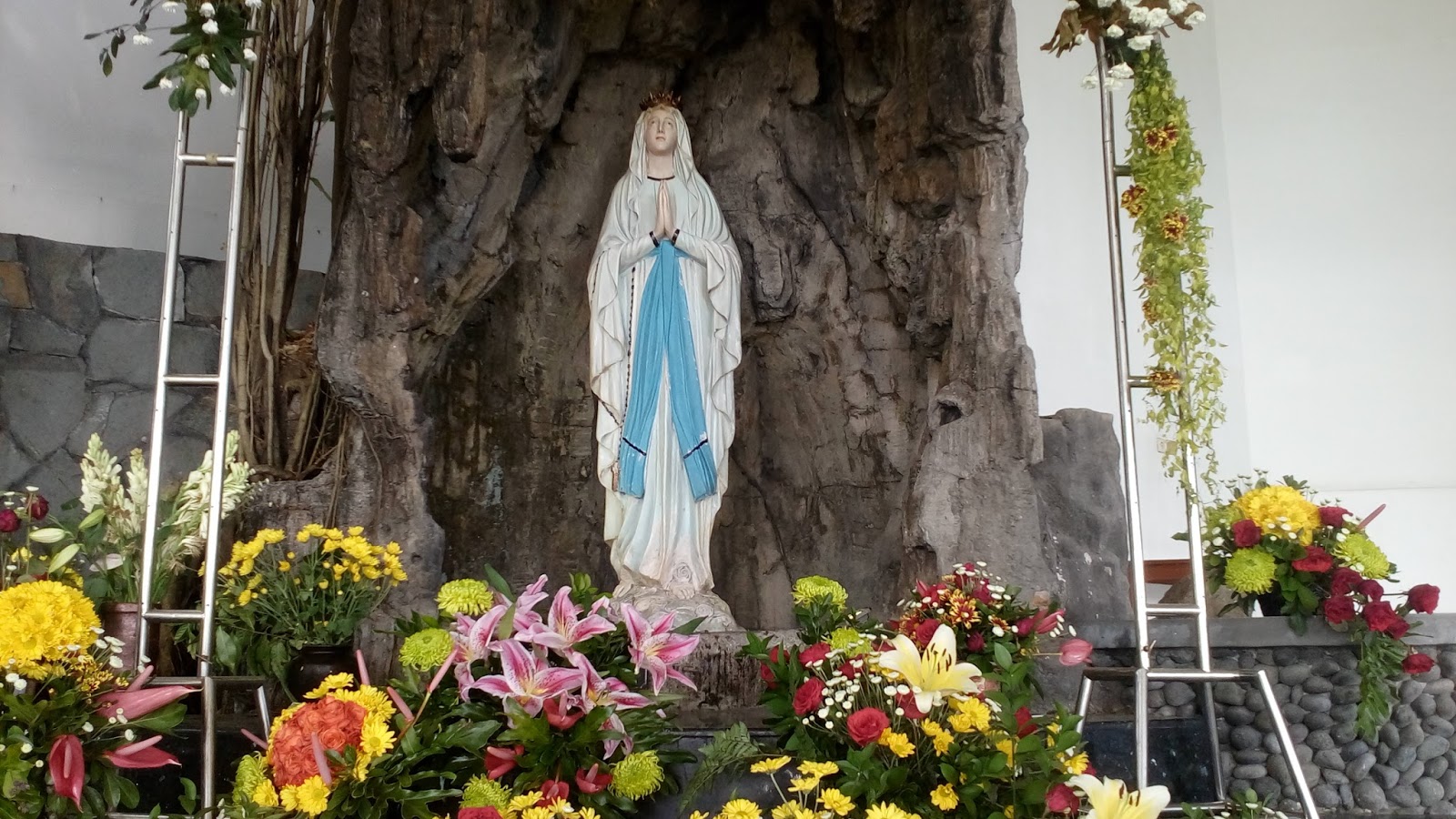
Al-Wustho Mosque is one of the most well-known mosques in Solo City. It is located in the Kauman area, near Pasar Legi. This neighborhood lies west of Pasar Legi and east of Ngebrusan. The name Kauman is derived from abdi dalem putihan (royal religious servants), as the area is traditionally inhabited by people who possess deep knowledge of Islamic teachings.
The architectural style of Al-Wustho Mosque was designed by a Dutch architect named Herman Thomas. The mosque showcases a unique blend of Javanese and European architecture. One of the distinctive features of the mosque is its gate (gapura), which is adorned with Arabic calligraphy. One of the inscriptions reads:
“Whoever builds a mosque for Allah, Allah will build a house for him in Paradise.”
The mosque was initially constructed during the reign of KGPAA Mangkunegara I, and later during the reign of KGPAA Mangkunegara IV, the mosque was relocated to the west side of Puro Mangkunegaran (Mangkunegaran Palace). The relocation was driven by several reasons:
Urban Planning – Adjustments were made to the layout of the city.
Location Concerns – The original mosque was located opposite Pasar Legi, which was associated with hustle and bustle, while a mosque is expected to embody peace and tranquility.
Religious Education Center – In the Javanese royal tradition, the king is also considered a spiritual guide (panatagam), thus the palace surroundings were seen as appropriate for Islamic learning.
The mosque was previously known as Masjid Nagari (State Mosque). After being moved to its new location near the palace, it was renamed Masjid Al-Wustho. This new name was introduced in 1949 by Raden Tumenggung KH. Imam Rosidi, the penghulu (chief cleric) of Puro Mangkunegaran.
Originally, the mosque was managed by the Mangkunegaran royal servants, but after Indonesia’s independence, the Ministry of Religious Affairs of the Republic of Indonesia took over its supervision.
Tumbuhkan marketing Anda dan bisnis online Anda



